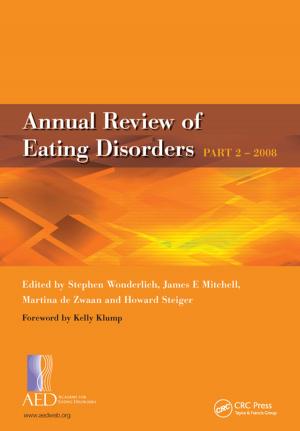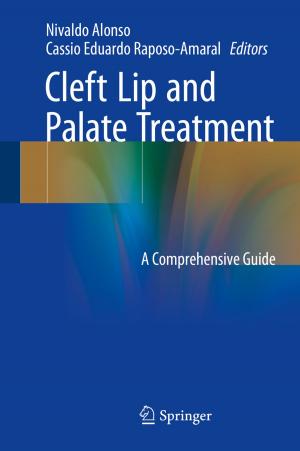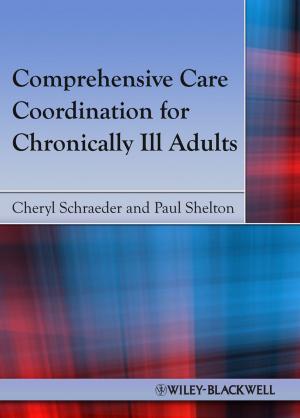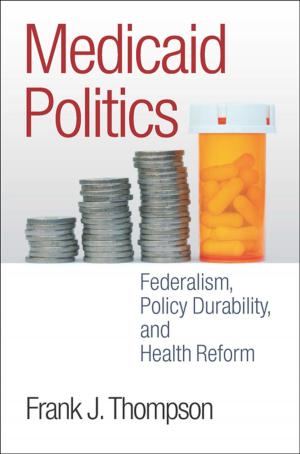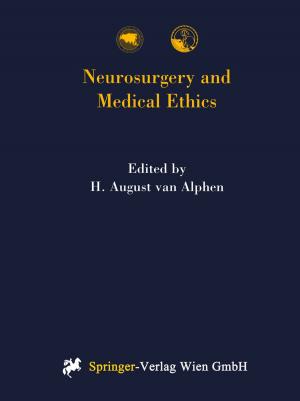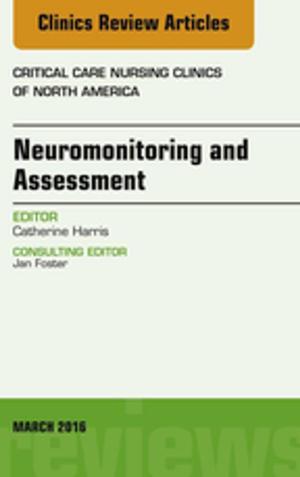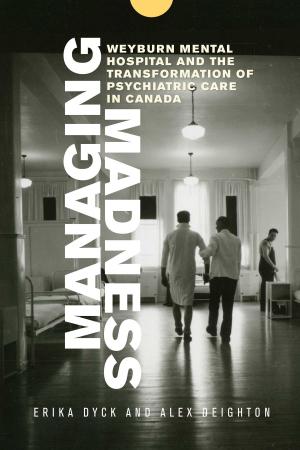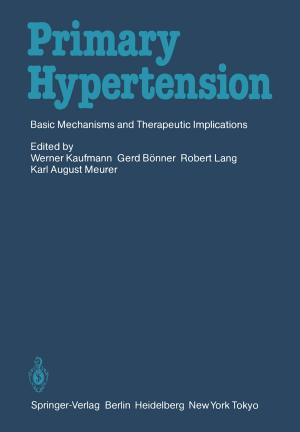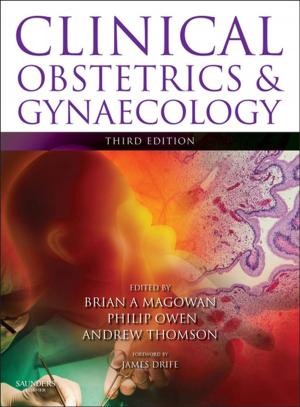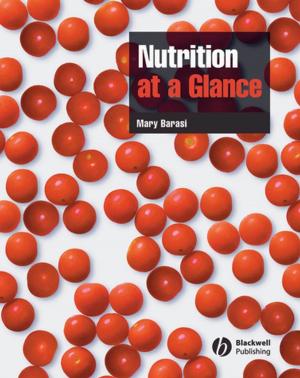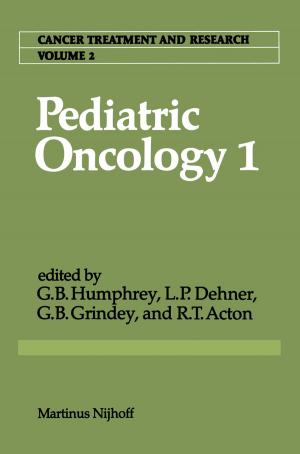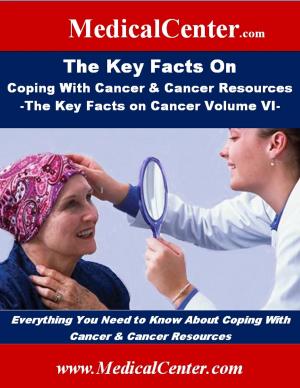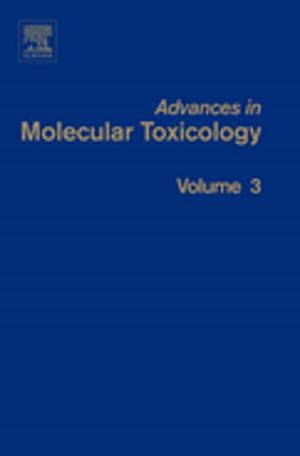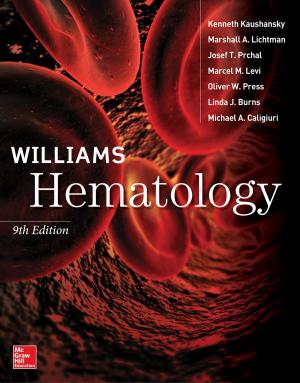Physician Burnout
A Guide to Recognition and Recovery
Nonfiction, Health & Well Being, Health, Health Care Issues, Medical| Author: | Tom Murphy MD | ISBN: | 9781612061085 |
| Publisher: | Aloha Publishing | Publication: | May 29, 2015 |
| Imprint: | Language: | English |
| Author: | Tom Murphy MD |
| ISBN: | 9781612061085 |
| Publisher: | Aloha Publishing |
| Publication: | May 29, 2015 |
| Imprint: | |
| Language: | English |
Given the current state of the American healthcare system, physician burnout is an almost inevitable response.
It doesn't have to be that way.
Eighteen years after his enthusiastic first day in medical school, Dr. Tom Murphy was a burned-out physician disillusioned enough to leave clinical medicine at the age of 43. His crisis is not unique.
Burnout among physicians has reached epidemic proportions. Worse, it can begin as early as medical school. Burnout is not some psychological abnormality to be embarrassed to mention in public quite the contrary. Research in the past five years shows 87% of American physicians experience symptoms of burnout.
Burnout is not limited to the medical profession. Several high-stress public service occupations have high rates of burnout, including law enforcement, education, and healthcare but physicians suffer a much higher rate compared to other working adults.
In Physician Burnout: A Guide to Recognition and Recovery, Dr. Murphy shares research and his experiences on what causes physician burnout, and what it takes to recover. He explains how changing critical aspects of the modern healthcare workplace at the individual clinic and the institutional level can ease the burnout crisis. The benefits of these changes may go far beyond the initial goals they can result in happier doctors, staff, and patients and higher quality healthcare.
Each person will have unique issues to resolve and different solutions. You can learn how to recognize early signs of burnout and how medical schools and hospital systems can initiate the cultural paradigm shift needed to change the course of the burnout epidemic facing the healthcare industry.
Given the current state of the American healthcare system, physician burnout is an almost inevitable response.
It doesn't have to be that way.
Eighteen years after his enthusiastic first day in medical school, Dr. Tom Murphy was a burned-out physician disillusioned enough to leave clinical medicine at the age of 43. His crisis is not unique.
Burnout among physicians has reached epidemic proportions. Worse, it can begin as early as medical school. Burnout is not some psychological abnormality to be embarrassed to mention in public quite the contrary. Research in the past five years shows 87% of American physicians experience symptoms of burnout.
Burnout is not limited to the medical profession. Several high-stress public service occupations have high rates of burnout, including law enforcement, education, and healthcare but physicians suffer a much higher rate compared to other working adults.
In Physician Burnout: A Guide to Recognition and Recovery, Dr. Murphy shares research and his experiences on what causes physician burnout, and what it takes to recover. He explains how changing critical aspects of the modern healthcare workplace at the individual clinic and the institutional level can ease the burnout crisis. The benefits of these changes may go far beyond the initial goals they can result in happier doctors, staff, and patients and higher quality healthcare.
Each person will have unique issues to resolve and different solutions. You can learn how to recognize early signs of burnout and how medical schools and hospital systems can initiate the cultural paradigm shift needed to change the course of the burnout epidemic facing the healthcare industry.

